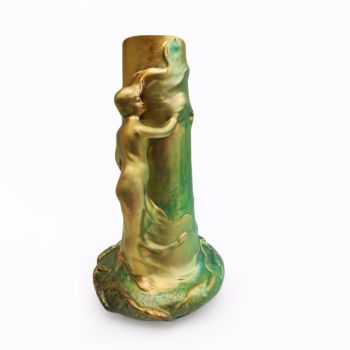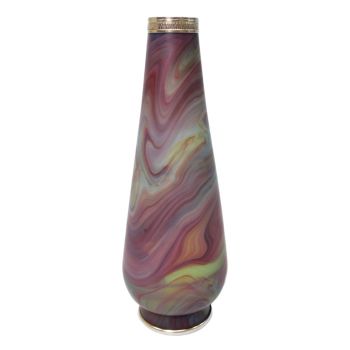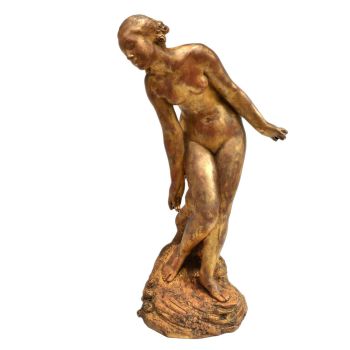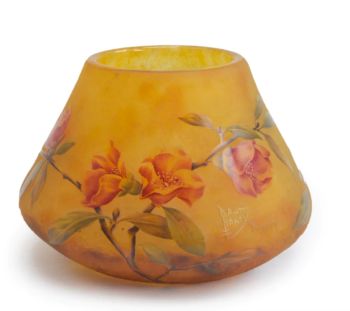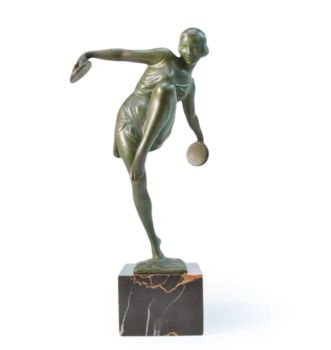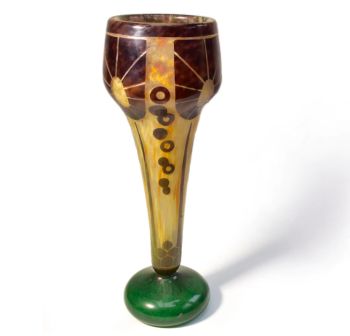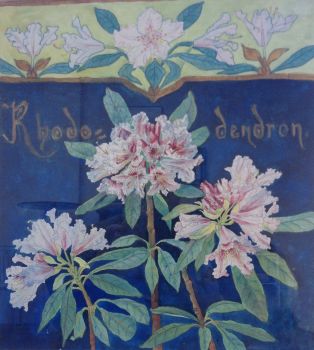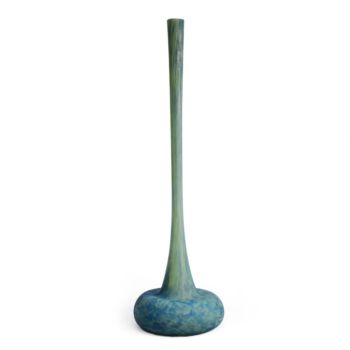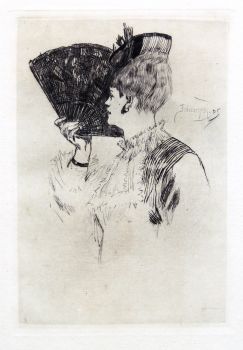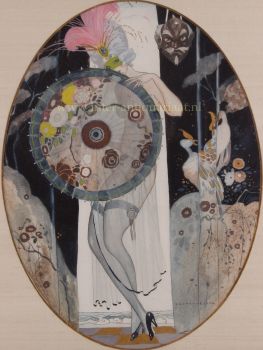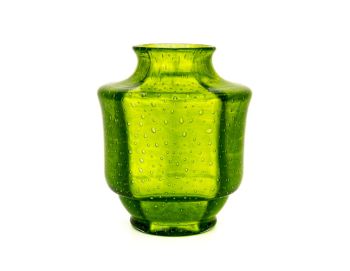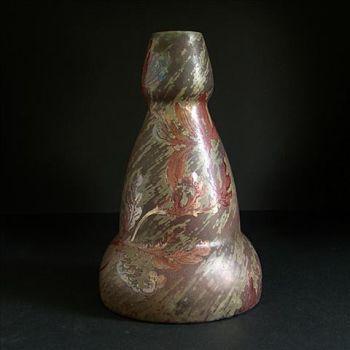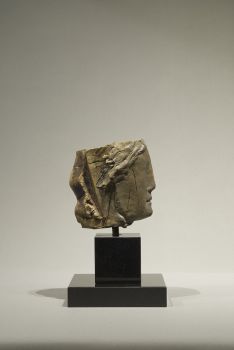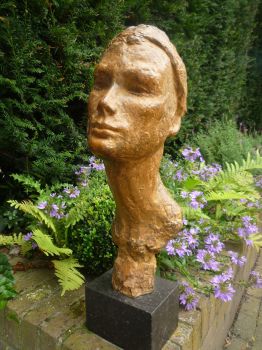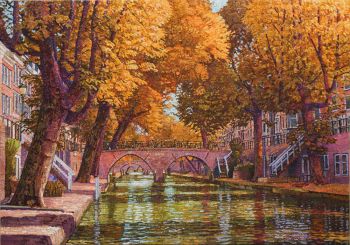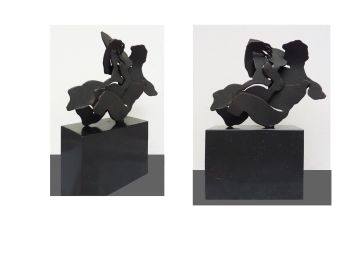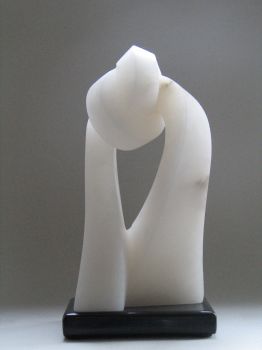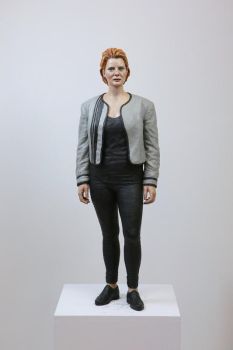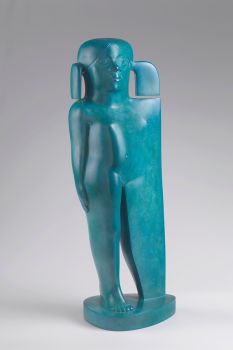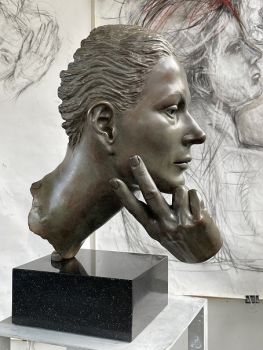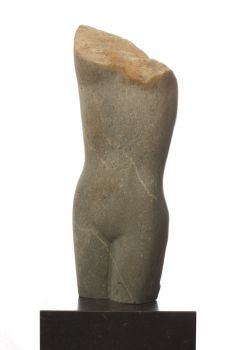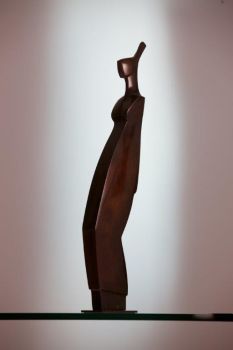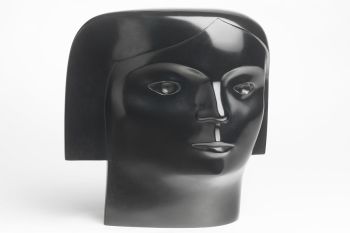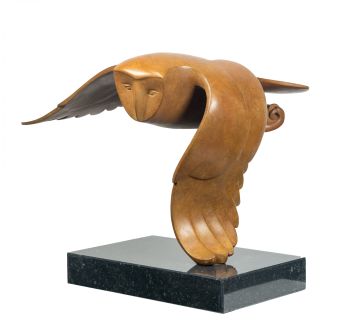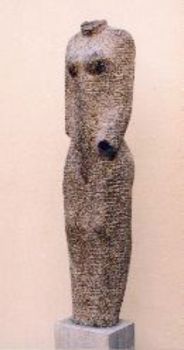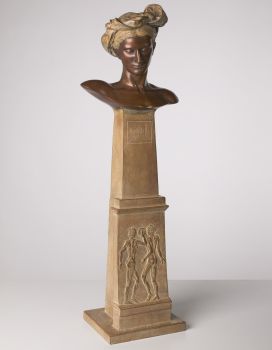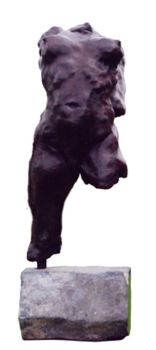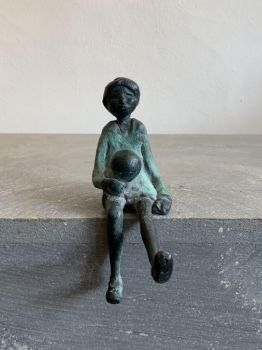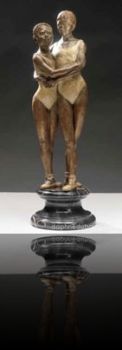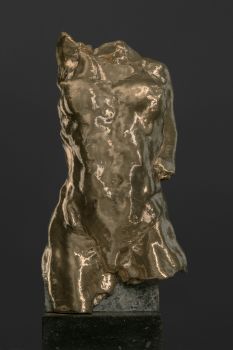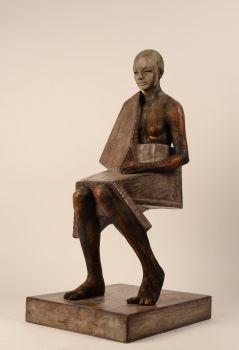About the artist
Jean-Désiré Ringel d'Illzach was born in Illzach, in Alsace-Lorraine, France, the son of a Protestant pastor. By fifteen, he had moved to Paris to study music and art. He studied sculpture under Julius Hähnel in Dresden, and then worked in Paris in the studios of François Jouffroy and Alexander Falguière at the École des Beaux-Arts. After an unsuccessful period in Paris, he returned to Alsace in 1865, and continued as a musician. Ringel was twenty-three when Alsace-Lorraine was annexed to Germany as part of the settlement for the Prussian victory during the Franco-Prussian War. To assert his French heritage, Ringel added the name of his native Alsatian village, Illzach, to his surname.
In 1877 he traveled to Italy, probably at his own expense. There he made sketches that demonstrate the deep impression that ancient and Renaissance art had on his work. Details from these drawings, such as classical forms and ornament, are directly reflected in his three-dimensional work. His later fascination with bizarre and fantastical Symbolist themes and iconography is often combined with classicizing details based on his early impressions in Italy.
D'Illzach experimented with diverse forms and materials, from sculpture to jewelry. He is best known for his work in ceramics, glass, marble, and wax, in which he produced objects on both the miniature and the monumental scale. He was especially skilled at portraiture in polychrome wax, including portrait medallions of renowned personalities of the day, such as Sarah Bernhardt and Emile Zola.

